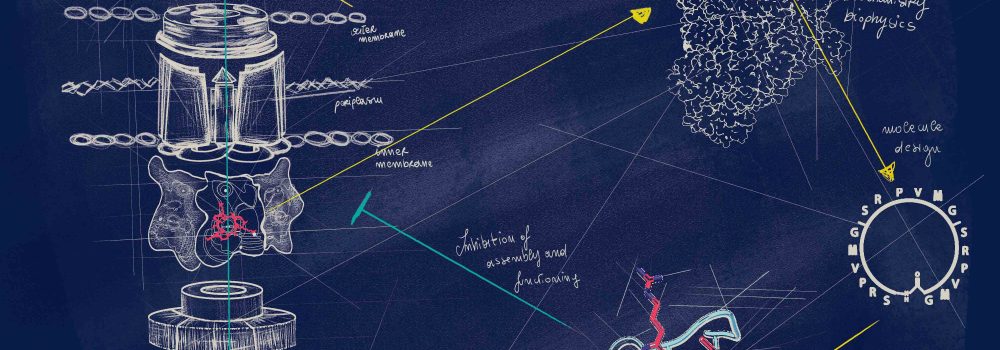
New therapeutic options are urgently needed to fight drug-resistant and life-threatening infections. In contrast to antibiotics that inhibit the growth pathways of bacteria, the antivirulence strategy is a promising approach to disarm pathogens by interfering with bacterial virulence factors without exerting evolutionary pressure. The type VI secretion system (T6SS) is used by many pathogens, including members of the antibiotic-resistant ESKAPE bacteria (Enterococcus faecium, Staphylococcus aureus, Klebsiella pneumoniae, Acinetobacter baumannii, Pseudomonas aeruginosa, and Enterobacter spp.), to establish their virulence during the invasion of the human host. Although the T6SS is undoubtedly involved in pathogenesis, strategies targeting this virulence factor are crucially lacking. Here, we used a combination of genetics, microbiology, biochemical, biophysics, and bioinformatics approaches to rationally design a biomimetic peptide that interferes with T6SS assembly and functioning. This study represents a novel proof of concept for an antivirulence strategy which aims to interfere with the assembly of the T6SS.
Y Cherrak, I Filella-Merce, V Schmidt, D Byrne, V Sgoluppi, R Chaiaheloudjou, S Betzi, X Morelli, M Nilges, R Pellarin, E Durand
Full paper here
Published on 01/09/2021




